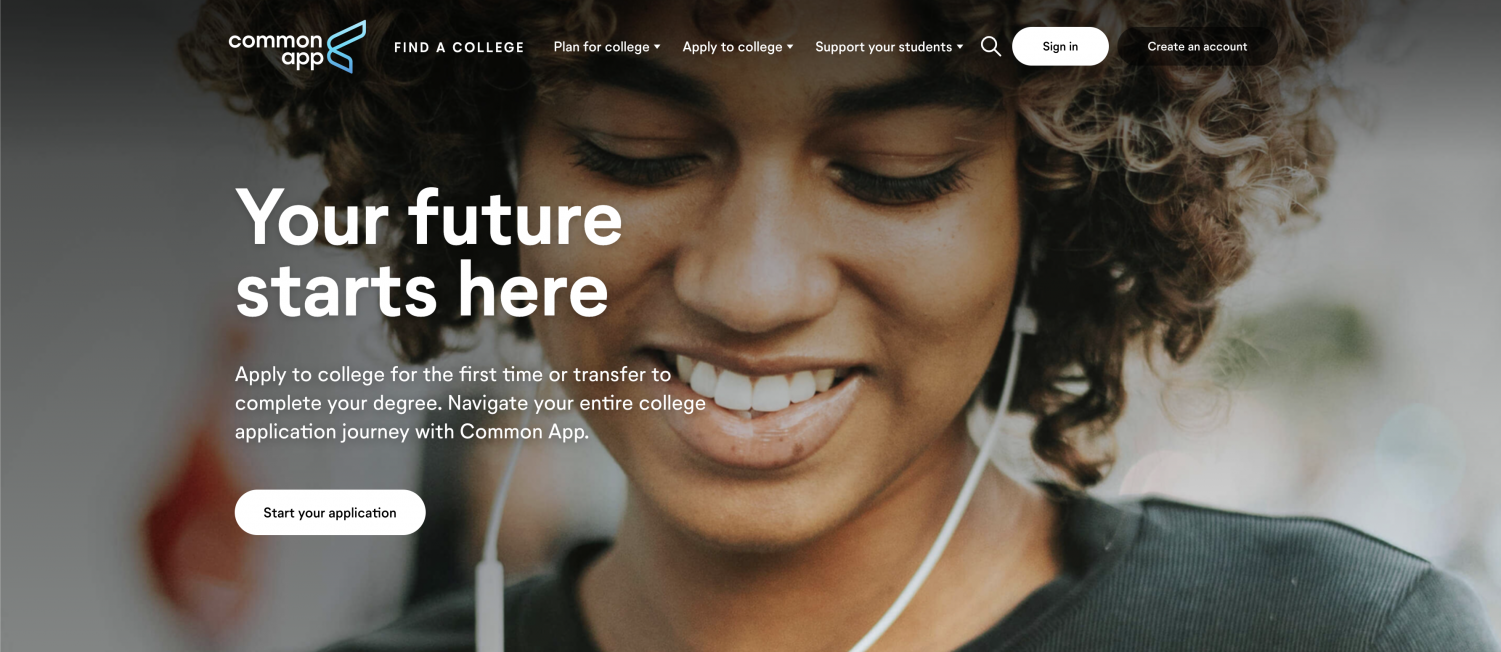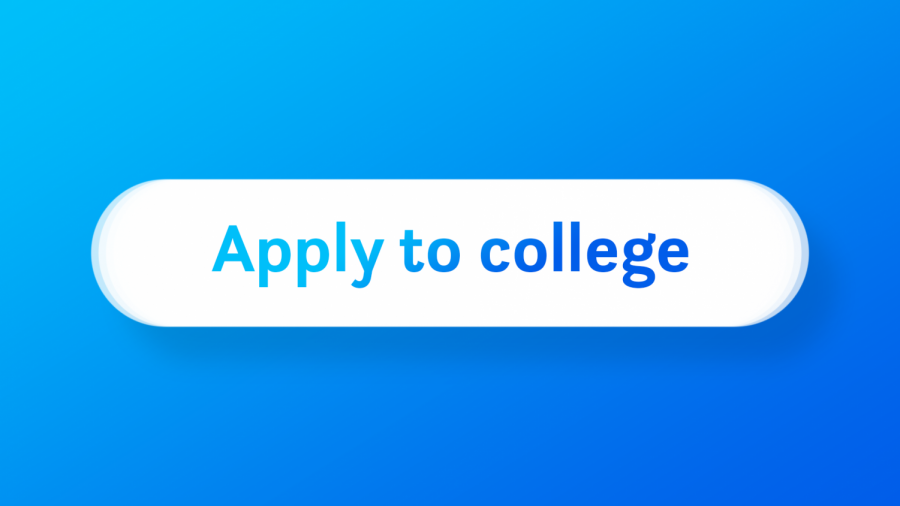Applying: The Process
Here we go–once you’ve got a list of schools, you’re ready to apply! There are two main applications: Common App and Coalition App. Common App is more popular, although some colleges use one or the other. Other colleges have their own forms. As an example, Rutgers uses Coalition App and their own application.

First, check your deadlines–some might be as early as October or November. If you’re ready, applying Early Action or Early Decision might be a way for you to avoid the stress of applying later. If you’re admitted, you don’t have to wonder if you got into college. If you feel your application would be stronger with more time, though, you should apply in later rounds.
Early Action is non-binding, so you can commit to other colleges if you choose to. However, you’ll have to withdraw all applications if you get into a school through Early Decision. You also can’t compare financial aid offers, and you can only decline admission if you can’t afford to go. For that reason, you should think carefully before applying this way!
For the FAFSA (the federal student aid application), you should submit as soon as possible since some aid is first-come, first-serve. Check this Bear Hub article from 2019 for instructions on how to fill it out. For many private colleges, you’ll also be asked to fill out a CSS Profile. It goes in much more depth than the FAFSA and allows you to explain any special circumstances related to your financial situation.
Hopefully, this SparkNotes version of the admissions process helped clear up any misconceptions. Your counselors and teachers are here to help you if you have further questions. Good luck!

